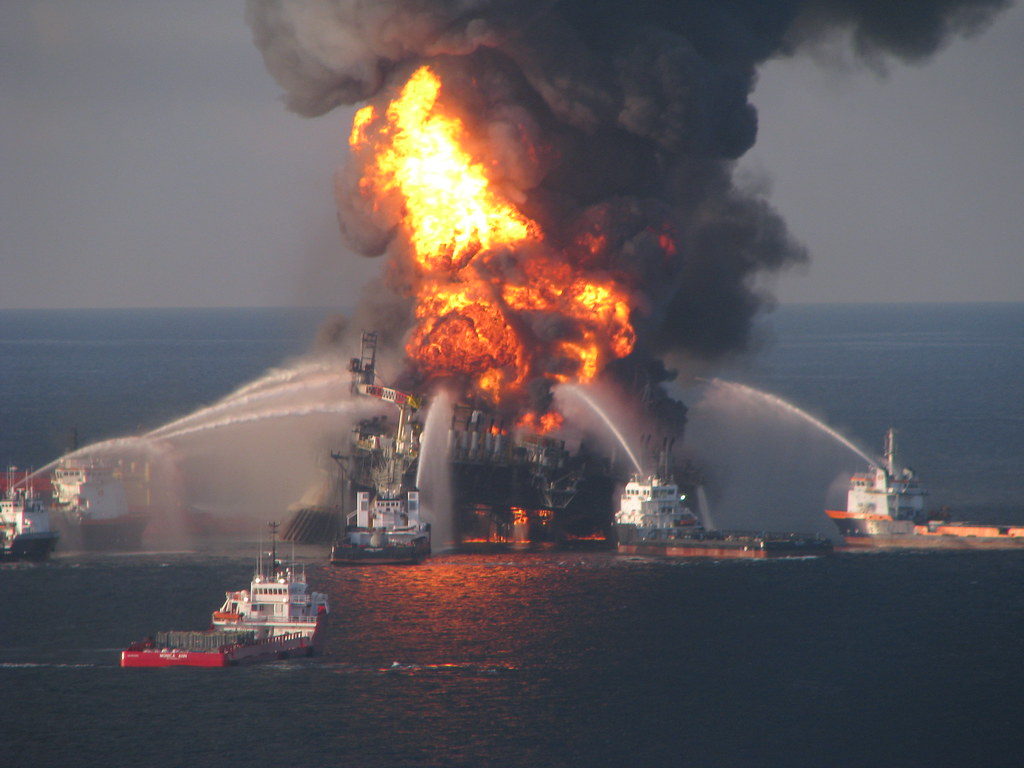
On April 20, 2010, an explosion on the BP-owned Deepwater Horizon drilling rig released an estimated 210 million of gallons of oil into the Gulf of Mexico. Some of the oil was recovered, burned, or dispersed at sea, while some washed up onto coastal shorelines.
Now, more than nine years later, a long-term study suggests the oil is still affecting the salt marshes of the Gulf Coast. A multi-institutional research team began sampling in the region once the spill was contained and continue their work to this day.
The researchers found that heavily-oiled marsh areas remained less healthy than less polluted sites more than six years after the spill. They fear that complete recovery of these oil-soaked regions will likely take more than a decade.
But the researchers also discovered that salt marsh grasses play a key role in coastal wetland recovery. Two plants dominate healthy salt marshes in the Gulf: smooth cordgrass and black needlerush. Single-celled, plant-like organisms known as benthic microalgae also abound in healthy salt marshes, as do many small invertebrates.
In heavily-oiled areas, the researchers found that nearly all the plants died, and benthic microalgae and small invertebrate populations declined significantly. Importantly, however, they also found that it was only after smooth cordgrass started its comeback in these areas that invertebrate populations began to recover. They noted that these salt marsh grasses provide habitat, bind soil, slow water, facilitate colonization, and fuel the food web.
Plants are the foundation of and play a crucial role in salt marshes. The researchers hope these findings will help shape the mitigation strategies of any future oil spills.
**********
Web Links
Continuing impacts of Deepwater Horizon oil spill
Photo, posted April 21, 2010, courtesy of Deepwater Horizon Response via Flickr.
Earth Wise is a production of WAMC Northeast Public Radio.
Leave a Reply